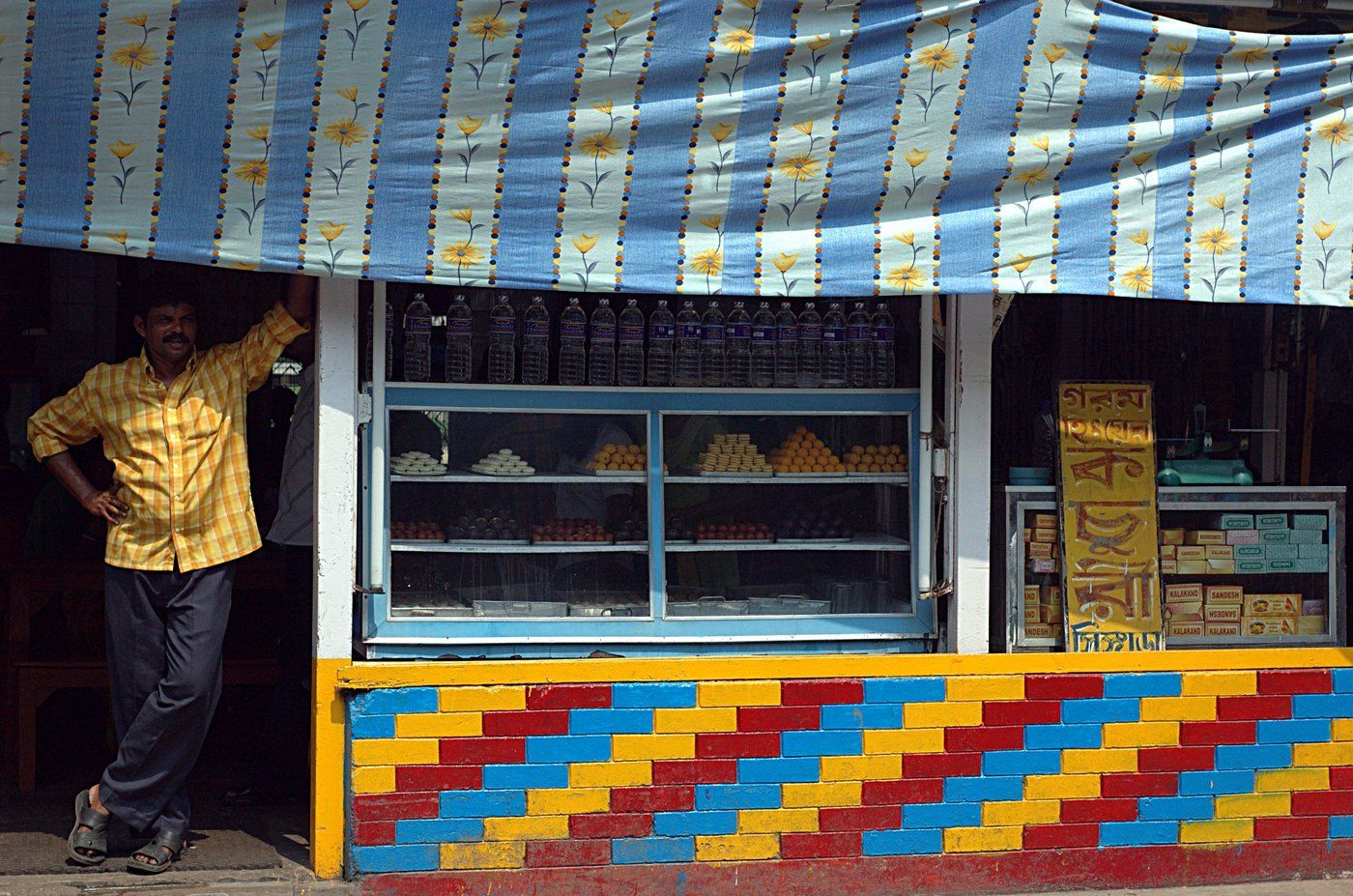Sweets are a ubiquitous part of Bengali diet and culture, making the state the sweets capital of India. Sweets shops form an integral part of every neighborhood, with their versatile range of breakfast and snack-related savories and sweets, primarily made from milk, milk base, sugar and flour.
A 2023 national study charted the prevalence of overall diabetes and prediabetes across rural and urban areas of West Bengal, compounded with hypertension and abdominal obesity. Of the total number of diabetic patients in India, 101 million people were diagnosed with diabetes and 136 million were prediabetic.
An important consequence of greater diabetes awareness is the increasing demand for sugar-free products. Sweets shops across India, especially in West Bengal, are making efforts to meet this demand.
Recent research in West Bengal has shown how sweets shops have tried to address this health-related risk. A range of less sweet or kom mishti sweets made from chhana (a milk curd used as a base) and sucralose (a sugar substitute) have been introduced by sweets shops.
Sweets are costly and lacking in nutritional value, but they carry a sentimental, emotional and cultural value. As such, these modified sweets attempt to balance health and luxury.
Despite their popularity, sweets shops have a history of controversy — from being accused of diverting milk supplies essential for the nutrition of mothers and children in the 1960s to being a health risk among a population susceptible to diabetes. In 1965, West Bengal's Chief Minister introduced bans on chhana-based and milk-based sweets through the West Bengal Milk Products Control Order 1965.
The public debates that followed related to cultural heritage and loss of livelihood of sweets shop owners and artisans, showing that sweets were not perceived as essential commodities. Now the linkage of sweets with diabetes has introduced a new challenge that sweets shops have decided to tackle head-on.
A special issue of Loksanskriti Gabeshana, a research journal of folk culture, on Bengali sweets features an advertisement by a sweets shop in North Kolkata, challenging the associated risk of diabetes.
It reads, "Eating sweets does not lead to diabetes; diabetic patients should stay away from sweets." This spirit has led to the making of ‘sugar free sweets' at many popular Kolkata sweets shops.
This new kom mishti or sugar-free nomenclature has taken over the glass showcases of West Bengal's sweets shops. Sandesh, made from a cooked paste of chhana and sugar, has emerged as a site of experimentation. Sweets shops have started selling bhapa (steamed) sandesh made with less sugar or other sweeteners.
The Indian government permits artificial sweeteners across 25 food items, including confectioneries and traditional sweets. A notification by the Ministry of Health and Family Welfare amending the Prevention of Food Adulteration Rules 2003 permits artificial sweeteners such as saccharin, aspartame, acesulfame-K and sucralose.
Sucralose is mostly preferred over other sweeteners. Sucralose is a synthetic organochlorine sweetener that is used across food products, but scientific studies have pointed to its adverse effects.
Research identifies two types of sweeteners, based on calorie count: non-calorie sweeteners and low-calorie sweeteners. The three permissible artificial sweeteners are all non-calorie sweeteners. Irrespective of calorie content, a product's taste is judged on its comparison with a conventional sweet containing sucrose.
Most sweets shops rely on synthetic sweeteners and have switched to skimmed milk or lower-fat milk to prepare these products.
An informal survey of sweets shop owners reveals that although they sell low-calorie sweets, they are unable to provide an exact calorie count for such sweets without standardized methods of production.
One salesman raised the question of introducing zero-calorie rosogolla, a sweet traditionally rich in sweetness and arguably the state's most popular export. And a sweets shop owner said: "New tags! Are we actually producing anything different? If you are not allowed to eat something because it will worsen your medical condition, stop eating that. But to hold an industry responsible for diabetes is insane."
Reiterating the advertisement of the north Kolkata sweets shop, he added: "If I am a diabetic patient, I will not indulge in sweets. Having sweets in moderation cannot be bad. What about chocolates?"
The statements reflect the fraught sentiments on the connections between health risks and the sweets industry.
Initiatives such as newly introduced herbal sweets from Hindusthan Sweets point to newer, health-based avenues of expansion for the industry. Healthy products can move beyond the sugar content of sweets to the possibilities of exploring combinations of other ingredients.
In sweets shops with quality control laboratories, such as K.C. Das Private Limited, reproducing the taste of a low-calorie sweet remains the biggest concern. Dairy scientists warn that one must select sugar substitutes with caution.
The sweeteners available to the sweets industry are primarily of two varieties: relatively sweet and high-intensity sweeteners. According to dairy scientists, a combined use of sugar substitutes and bulking agents could yield better results, especially to maintain the texture and taste of the sweet.
For sweets makers, the sensory aspect of their creations is as important as calorie content and not easy to get right when substituting ingredients. It remains to be seen how sweets shops will introduce sugar-free products beyond the sandesh and expand it to other sweet items.
While sweets shops are experimenting with low-calorie sweets made with sugar substitutes, the state could invest in quality-control laboratories for indigenous sweets industries across India, so artisans and owners of sweets shops receive appropriate training on synthetic sweeteners and their impact on glycemic health.
To echo the sentiment of the sweets shop advertisement, sweets cannot be viewed as the enemy of diabetic patients. Instead, there should be concerted efforts to bring sweets shops into conversation about refined sugar, jaggery and synthetic sweeteners for the future of the sweets industry and people's health.
(The author teaches at the Department of Sociology, South Asian University, Delhi and has taught in various capacities in Ambedkar University Delhi and Lady Shri Ram College for Women. This article was originally published under Creative Commons by 360info)

